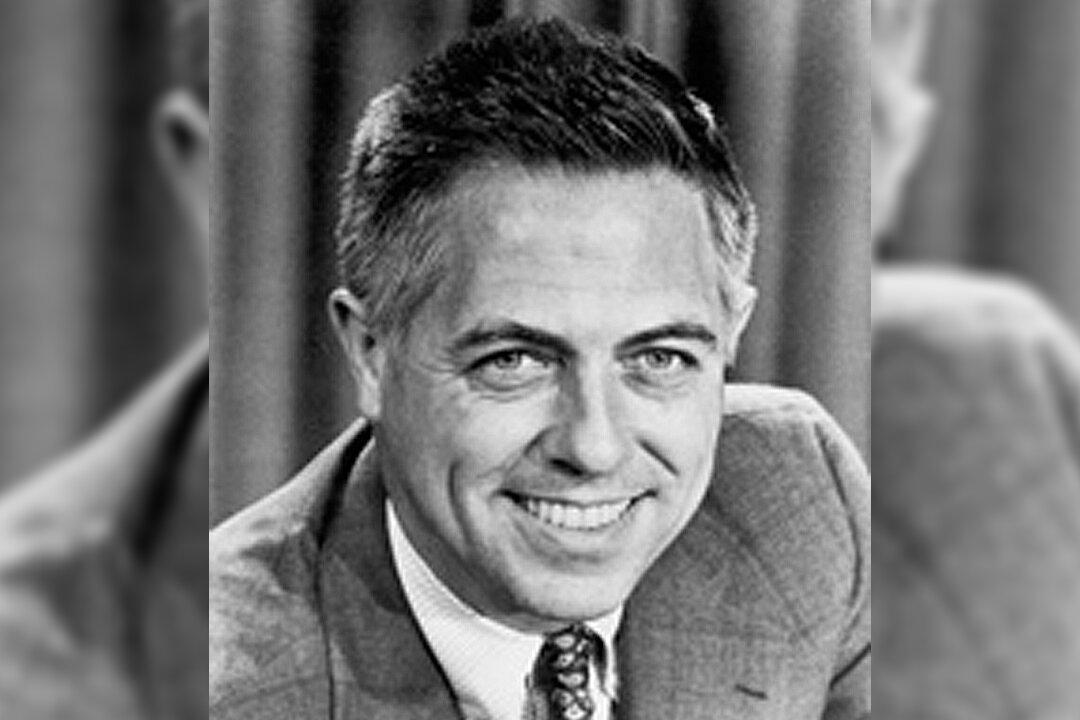Commentary
Here in the midst of this overheated and most unique election season, it’s well worth revisiting an historic and exciting campaign from 1970, with its unlikely and improbable outcome.

Here in the midst of this overheated and most unique election season, it’s well worth revisiting an historic and exciting campaign from 1970, with its unlikely and improbable outcome.